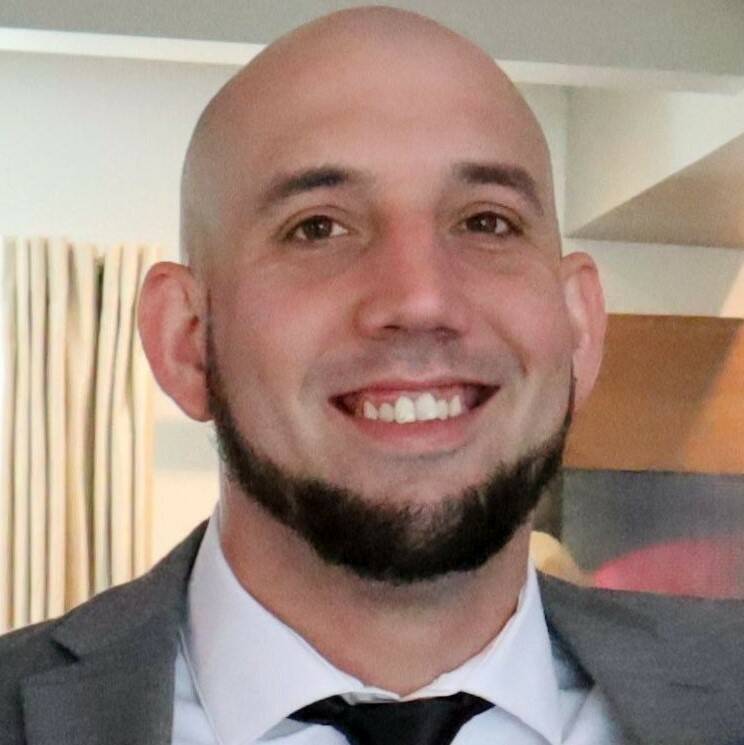By Michael Leach
International Overdose Awareness Day, Aug. 31, is the most extensive annual campaign to end overdose. The campaign raises awareness of overdose, which has impacted every community. Too many families have lost loved ones, but this campaign and others like it can save lives.
According to the Washington State Department of Health, between 2017 and 2021, 17,502 Washington residents died from a drug overdose. Roughly 68% of those deaths involved an opioid. Since 2019, the annual number of opioid drug overdose deaths has nearly doubled, from 827 deaths in 2019 to 1619 in 2021.
Nationally, according to the CDC, there were an estimated 107,543 drug overdose deaths in the United States during 2023—fortunately, a decrease of 3% from 2022. This has been the first national annual decrease since 2018. However, synthetic opioids continue to be involved in three-quarters of all overdose deaths across the nation.
Overdose prevention campaigns work tirelessly to prevent these deaths among people of all ages. There are practical resources, tools, and information that individuals, families, and communities can use to increase awareness, prevent overdose, and save lives.
Some of Washington State’s overdose prevention resources include education and naloxone distribution through the Department of Health. The Washington State Health Care Authority has the Friends for Live Prevent Overdose website, which provides information on prevention and education.
One of the most recognized national awareness and prevention resources is the International Overdose Awareness Day website, which provides extensive resources and ways to get involved. The National Harm Reduction Coalition offers evidence-based strategies that reduce the risk of overdose. Finally, the National Safety Council provides resources for the workplace.
It’s important to remember that overdose is preventable. Any one individual or local community can increase awareness through practical approaches and effective campaigns. Begin by keeping in mind that stigma or the fear of stigma stops someone struggling with addiction from sharing their problems with friends or family. Stigma, for example, can come from individuals, family members, clinicians, or the community. Begin by removing the stigma.
Moreover, you should become familiar with the facts about fentanyl and fentanyl analogs. Fentanyl is 50 times more potent than heroin and 100 times more potent than morphine. Fentanyl is commonly mixed into fake prescription drugs and illicit street drugs.
Most overdose deaths occur because of polysubstance use, which occurs when two or more drugs are taken together, whether intentionally or unintentionally. The primary risk factors associated with overdose include mixing drugs, tolerance, quality of the drug, using alone, age and physical health, mode of administration, and previous non-fatal overdoses.
Also, familiarize yourself with life-saving Naloxone. In Washington State, pharmacists and non-medical personnel can dispense naloxone under a collaborative drug therapy standing order from a legal prescriber to anyone without a prescription.
Most importantly, remember those we have lost to overdose and acknowledge the grief of the family left behind. Overdose affects everyone, and this should also fuel our commitment to end overdose and all of its related harms.
International Overdose Awareness Day 2024 focuses on how every individual action matters and how coming together as a community creates a decisive collective action. Overdose awareness is for everyone, for people who use drugs and those who don’t, for families who have lost loved ones, for healthcare workers, advocates, and activists. These are necessary steps everyone can take to save lives, protect communities, and safeguard families.
Michael Leach has spent most of his career as a healthcare professional specializing in substance use and addiction recovery. He is a Certified Clinical Medical Assistant (CCMA) and the Public Relations Officer at DRS.



